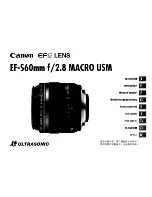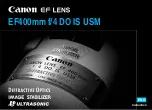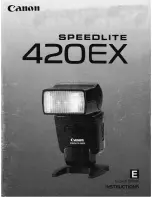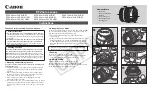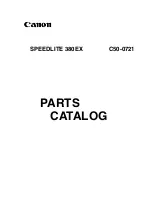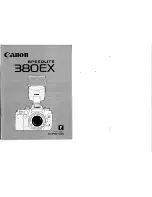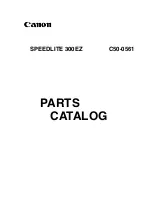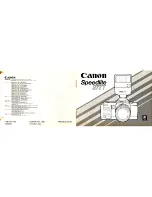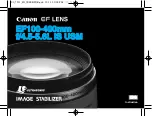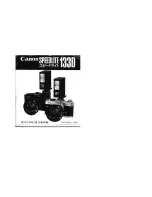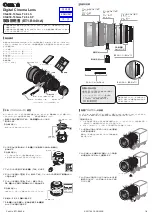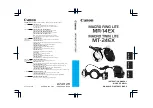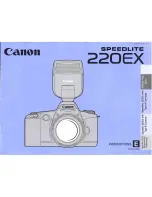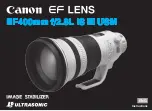
V1.02
Thom Hogan’s Complete Guide to the Nikon D300
Page 239
bits, and compressed at a ratio of about 1:16 and
stored as JPEG files. Compression artifacts are
present and often visible (especially if
sharpening is set or you’re using a high ISO
value).
You also have a choice of
Large
,
Medium
, and
Small
sizes
in the three JPEG and the single TIFF formats.
Starting out, you probably should select
JPEG fine Large
to
shoot in, as this will result in high quality, reasonably-sized
files that can be used in virtually any digital photo software
product. It also has the decided advantage—in my humble
and slightly sadistic opinion—of showing you when you make
other setting mistakes, which helps you learn faster. What do I
mean by that? Well, if you get the white balance setting
wrong while shooting JPEG images, the color in your photos
will be wrong. If you get white balance wrong when shooting
NEF, you simply change the setting in editing.
Approximate Images Per Card
Format
Size
512MB
1GB
2GB
4GB
14-bit RAW
25300
21
41
83
166
12-bit RAW
19400
27
54
108
216
14-bit RAW Lossless
16700
31
63
126
251
12-bit RAW Lossless
13600
39
77
154
308
14-bit RAW Compressed
14200
37
74
148
295
12-bit RAW Compressed
11300
46
93
186
371
TIFF Large
36500
14
29
57
115
TIFF Medium
21200
25
49
99
198
TIFF Small
10200
51
103
206
411
JPEG Fine Large
5800
90
181
362
723
JPEG Fine Medium
3300
159
318
636
1271
JPEG Fine Small
1500
350
699 1398
2796
JPEG Normal Large
2900
181
362
723
1446































